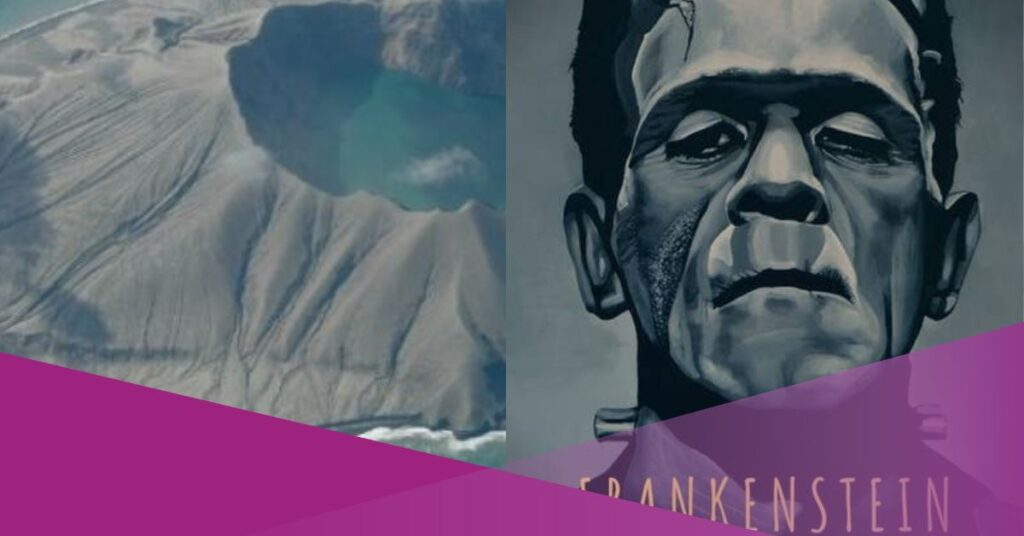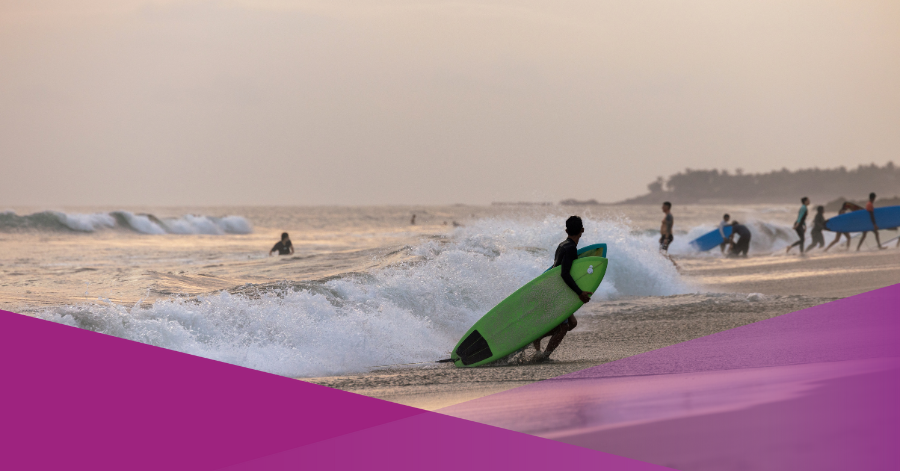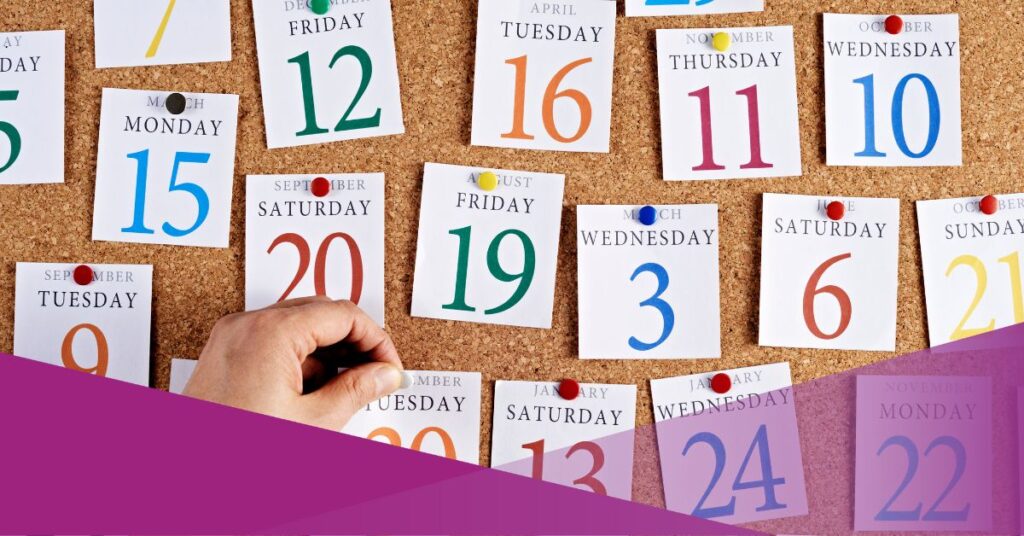The Leonid meteor shower will return to the November sky and is expected to reach its peak in the coming days.
Each year, this meteor shower becomes active from early November to early December, but the most favourable viewing time falls within a narrow window.
For observers in Indonesia, knowing the exact schedule is essential, as the best activity occurs during the quietest hours of the night.
According to the astronomy platform In the Sky, the Leonids will reach maximum activity on the night of 17 to 18 November 2025.
The peak occurs in the early hours of 18 November Universal Time (UTC), which corresponds to approximately 01.00–02.00 Western Indonesian Time (WIB).
This period marks the moment when the Earth moves through the densest part of the Leonid stream, producing a higher number of visible meteors.
The period after midnight remains the most suitable time for viewing because the radiant point, located in the constellation Leo, rises higher in the eastern sky.
The higher the radiant, the more meteors appear to streak across the atmosphere. For viewers in the WIB zone, preparations should therefore begin shortly after 01.00 WIB, followed by continued observation until before dawn. Those in the WITA and WIT zones may adjust their viewing windows accordingly.
The Leonid meteor shower originates from debris left behind by Comet 55P/Tempel–Tuttle, which orbits the Sun once every 33 years. As Earth passes through this trail of dust and small particles, friction with the atmosphere creates bright streaks of light.
Most Leonid meteors are fast and often leave brief trails. In certain years, the Leonids have produced meteor storms, though such events are rare and not expected in 2025.
While 2025 is forecast to deliver a moderate display, the timing aligns well for Indonesian observers. The Moon will set before the peak, reducing glare and improving visibility.
Clear weather remains a crucial factor. November is still within the rainy season in many regions, meaning cloud cover may affect the view. Observers should monitor local weather forecasts and choose locations with minimal artificial lighting.
How and When to Watch the Leonid Meteor Shower from Indonesia
To view the meteor shower, no special equipment is required. The human eye adapts well in dark surroundings, making unaided observation the most practical method.
Astronomers recommend choosing an open area away from bright lights, allowing at least 20–30 minutes for the eyes to adjust to the darkness. Lying down or sitting with a clear view of the eastern sky increases the chance of spotting more meteors. Bringing warm clothing, drinks, and a small torch with a red filter can also make the viewing experience more comfortable.
Although the Leonids will continue throughout the month, the number of meteors outside the peak window will be lower. The hours around the early morning of 18 November offer the highest likelihood of sightings.
For those wishing to observe from Indonesia, especially from Java, Sumatra, and Kalimantan, the period between 01.00 and before dawn remains the most practical and promising.
The Leonid meteor shower provides an accessible opportunity for anyone interested in astronomy. Even at modest levels, it offers a reminder of the dynamic nature of the Solar System and the constant movement of objects within it. With proper timing and favourable weather, observers may enjoy one of November’s most recognisable celestial events.






























